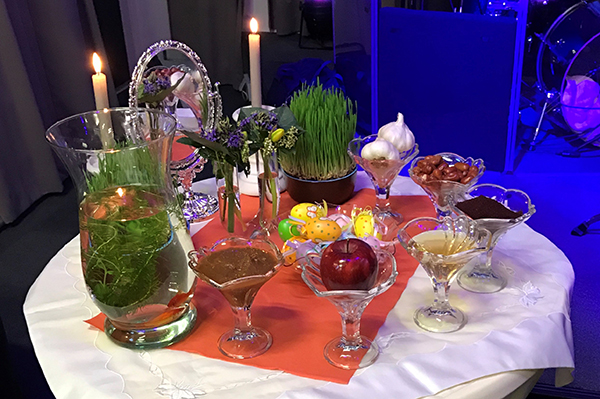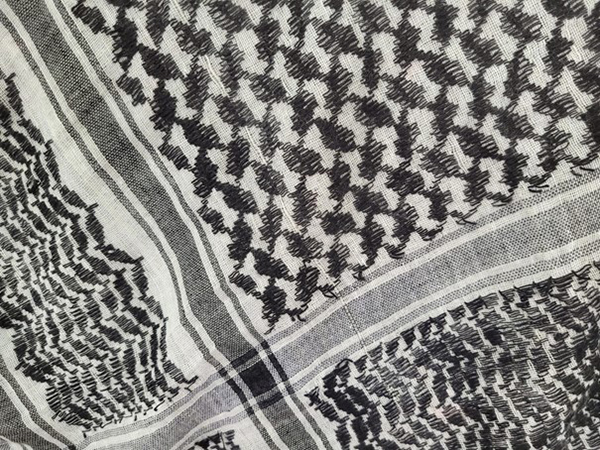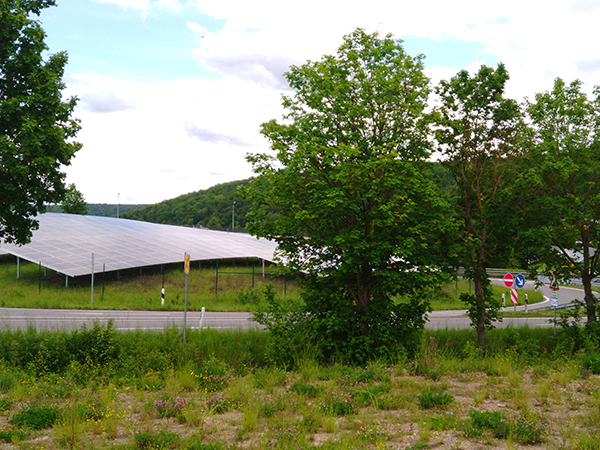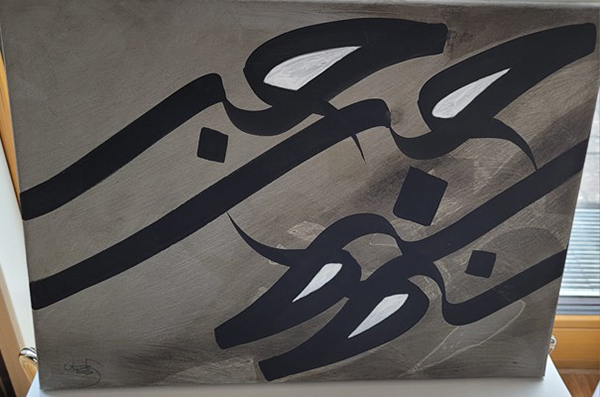By Mostafa Elyasian
In Iran, Kurdistan, Tajikistan and Afghanistan, people celebrate the beginning of spring and the new year on March 21st. This festival, which has a tradition of over 2500 years, lasts for 13 days. People welcome spring and the beginning of the new year with very special traditions. One example is the big house cleaning. People dust the whole house, wash and clean everything. Some even buy new household items. It is an old custom to light a fire. And it is done on the evening of the last Wednesday before the New Year. The fire is a symbol of joy, love, light and happiness. This evening is called Chahar Shanbe Surie. People jump over seven small fires one after another, chanting, “Your red color be mine, my yellow color be yours.” The purpose of lighting fires is to draw new strength to conquer one’s worries. An important role is played by Hadshi Firuz with his red dress. He announces the coming of spring and the new year a few days before the beginning of the new year in all the alleys with singing and dancing. People are so happy about the good news that they shower him with money and gifts.
Another central custom is Haft Sin, which means “the seven S’s.” People place seven things on a pedestal. All begin with S: Senjet (mealy berry, symbol of drive), Sieve (apple, symbol of health and love), Sabseh (green plant, symbol of cheerfulness and good humor), Sekeh (gold coin, symbol of prosperity), Sir (garlic, symbol of thoughtfulness), Serkeh (vinegar, symbol of acceptance of problems), Somargh (spice, symbol of patience). It is especially important to clean yourself and put on new clothes for the New Year. Because people believe that you should not start the new year in old clothes.
Giving gifts is one of the most beautiful traditions. Parents and grandparents give gifts to their children and grandchildren – usually in the form of money. Visiting each other is another tradition. The younger ones visit the older ones. Families and friends also take the New Year as an opportunity to visit each other. When they meet, they say to each other “Eide shomah mobarak.” It means “blessed be the new year.” They wish each other health, happiness and good fortune in the new year. The closing is Sisdah Be Dahr. It means thirteenth day of the festival. The ancient Persians celebrated the New Year with twelve days because the year has twelve months. On the thirteenth day of the Nouruz festival, which is a particularly beautiful day, families go to steppes and floodplains where streams flow. They celebrate and sing, wishing God that the new year may be blessed with much rain. With this day they end the Nouruz festival.
tun22031701
Einer der Nouruz-Brauch ist „Haft Sin“, was so viel bedeutet wie „die sieben S“. Foto: tünews INTERNATIONAL / Mostafa Elyasian.




